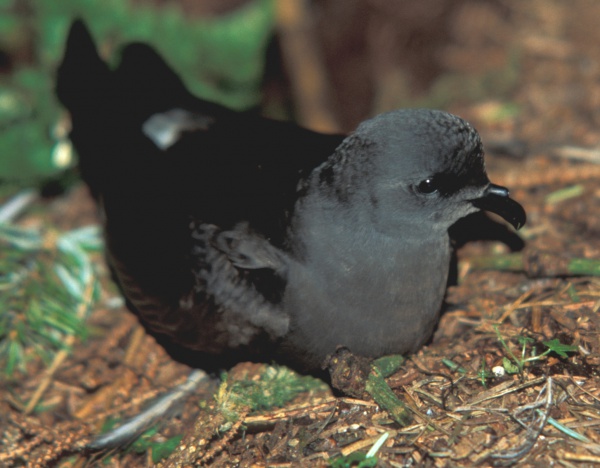Facts About Leach's storm petrel
Leach’s storm petrel, also known simply as Leach’s petrel, is a small seabird named after the British zoologist William Elford Leach. This bird belongs to the Procellariidae family and breeds on remote islands in the frigid northern regions of the Atlantic and Pacific Oceans. They nest in colonies near the sea, often in concealed locations such as rock crevices and burrows. Each bird lays a single white egg and is strictly nocturnal at breeding sites to avoid predators. The largest known colony of these birds is located on Baccalieu Island in eastern Canada.
In terms of appearance, Leach’s petrel is a small bird with dark plumage and a distinctive white rump. It measures about 18–21 centimeters in length and has a wingspan of 43–48 centimeters. It can be distinguished from other storm petrels by its size, forked tail, rump pattern, and unique fluttering flight. When feeding, it picks plankton from the ocean surface. On land, it can only manage a short shuffle to its burrow.
Outside the breeding season, Leach’s petrel is strictly pelagic, meaning it lives out at sea and is hard to spot from land. Unlike some birds, it doesn’t follow ships and is usually only seen from shore during storms when strong winds push it toward headlands. Known for their longevity, these birds can live an average of 25 years, with some reaching over 38 years. Their diet mainly consists of plankton, myctophids, and other small marine creatures.
Leach’s storm petrel is a fascinating seabird with unique traits and behaviors, making it a captivating subject for anyone interested in observing wildlife in its natural environment.

 United States
United States